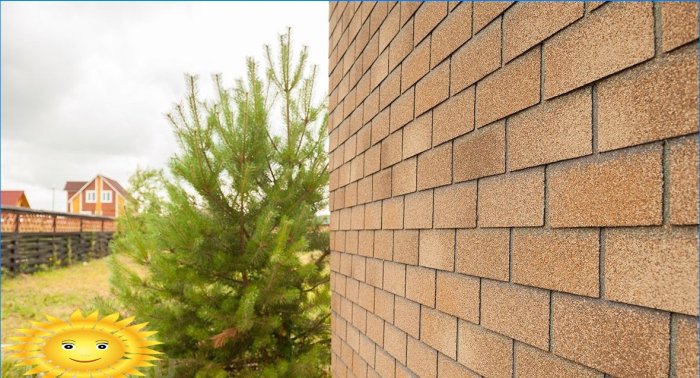
We admit right away that there are not so many photographs of houses whose facade is decorated with flexible tiles. In our country, they are rare, so this finishing option is of such interest and controversy. Some homeowners are sure that a flexible tile facade is too expensive, short-lived, and will cause a lot of problems, because the material is not intended for laying on vertical surfaces, and just such a finish is ugly.
Others, on the contrary, are delighted with this option for decorating the exterior of the house, believing that this is a great way not only to stand out among neighbors, but also to get a durable and reliable facade..
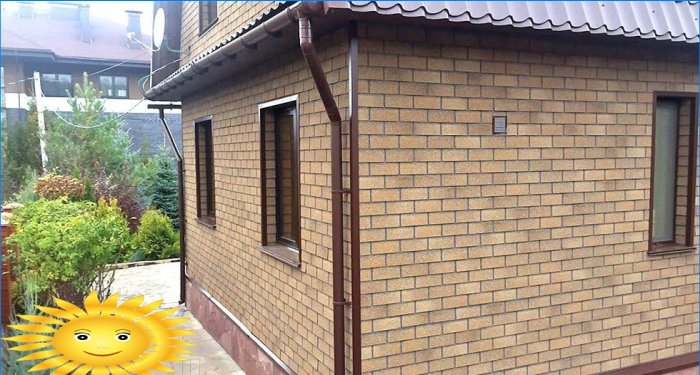
Experts emphasize that finishing the facade with flexible tiles is not suitable for every house project. If you have a classic English style mansion, it is better to choose facing brick or brick veneer technology..
Flexible shingles are great for original high-tech houses, where the roof seems to be extended literally to the ground, the entire finish goes from ridge to basement with a smooth transition. Or domed buildings – for them the entire facade becomes one common roof.

However, flexible shingles differ in a variety of shades, they may well resemble brickwork, especially from afar, so homeowners sometimes decide on such a finish after choosing a typical cottage project.
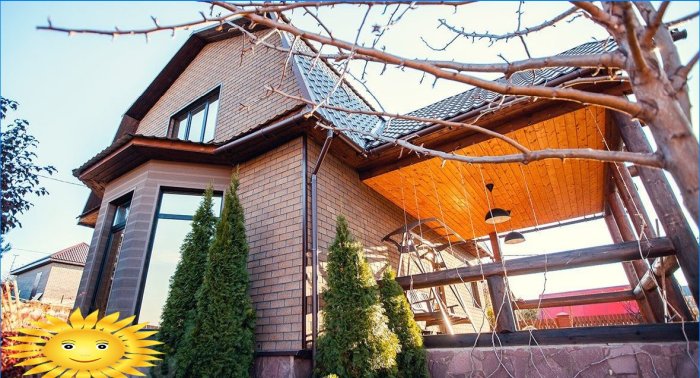
Important!When laying shingles on the facade, a ventilation gap is required. In general, the “pie” of the facade will look the same as when installing the roof – for example, OSB, a frame with insulation inside, a windproof membrane, a ventilation gap with a batten, again sheet material for the facade and then flexible shingles, as a final, final finish.
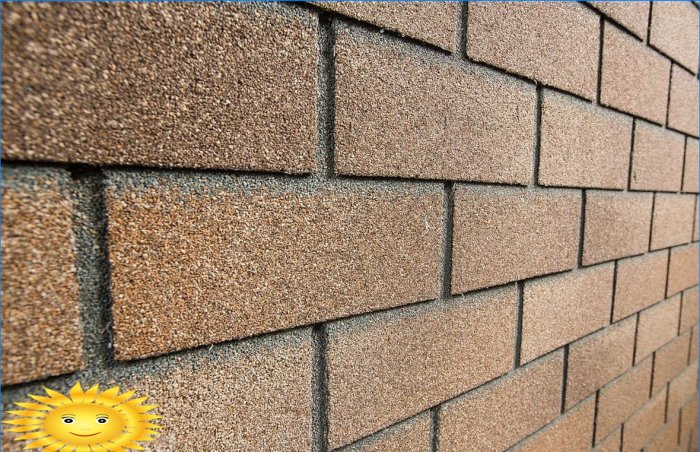
Experts remind that the lifespan of shingles reaches 50 years, and leading manufacturers give a 15-year warranty. Therefore, there is no need to talk about the fragility of such a facade. Laying shingles is no more difficult than arranging a ventilated facade made of other materials, for example, a metal profile.
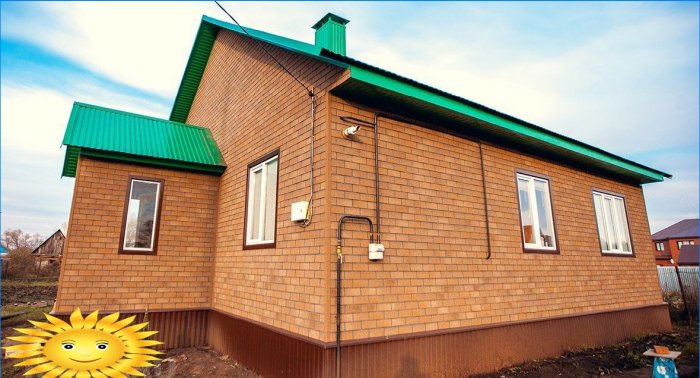
For greater reliability, experts advise when laying flexible tiles on a vertical surface, in our case – a facade, to use a larger number of small nails or staples of a construction stapler. Up to 10 nails can be used per shingle. This will definitely prevent the coating from slipping. However, over time, in the summer sun, flexible tiles will become a single monolithic “carpet”.

As for the price, a square meter of shingles costs from 234 to 500 rubles. For comparison – metal siding for the facade costs about 260 rubles per “square”, a block house – about 320-750 rubles per square meter.
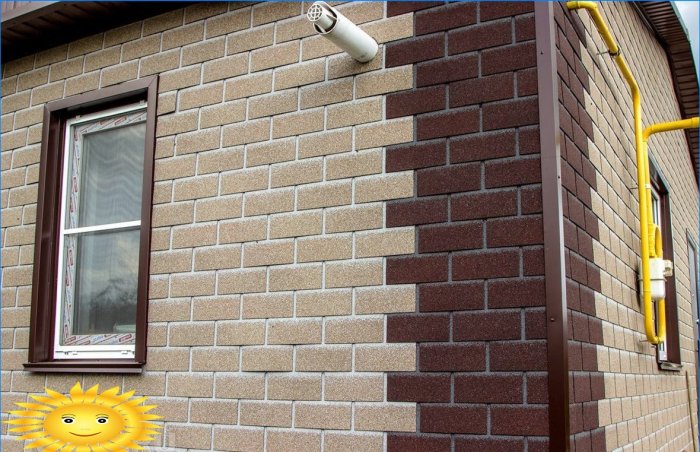
One can argue about the aesthetics of facades made of flexible tiles for a long time – this is from the field “there are no comrades for taste and color.” It’s up to you, of course, but as one of the options for finishing the facade, flexible tiles have a right to exist.

Could you provide some examples of buildings that have used flexible tiles on their facades? Additionally, what are some important installation features to consider when using these types of tiles? Thank you!
Some examples of buildings that have used flexible tiles on their facades are The 8 House in Copenhagen, Denmark, and the Heydar Aliyev Center in Baku, Azerbaijan.
When installing flexible tiles on facades, several important features should be considered. Firstly, the tiles should be lightweight and easy to handle, as this simplifies the installation process. Additionally, the tiles should have flexible joints and be able to adapt to the building’s movements due to factors like wind or temperature changes.
Moreover, proper waterproofing and insulation measures should be taken to prevent any moisture or water from seeping behind the tiles, ensuring the durability of both the tiles and the building. It is crucial to consider the environmental conditions of the location and select tiles that are resistant to factors like UV rays, pollution, and extreme weather conditions.
Lastly, the installation process should be undertaken by experienced professionals who are knowledgeable about the specific requirements of flexible tile systems. Following proper guidelines and regular maintenance will help ensure a long-lasting and visually appealing facade.